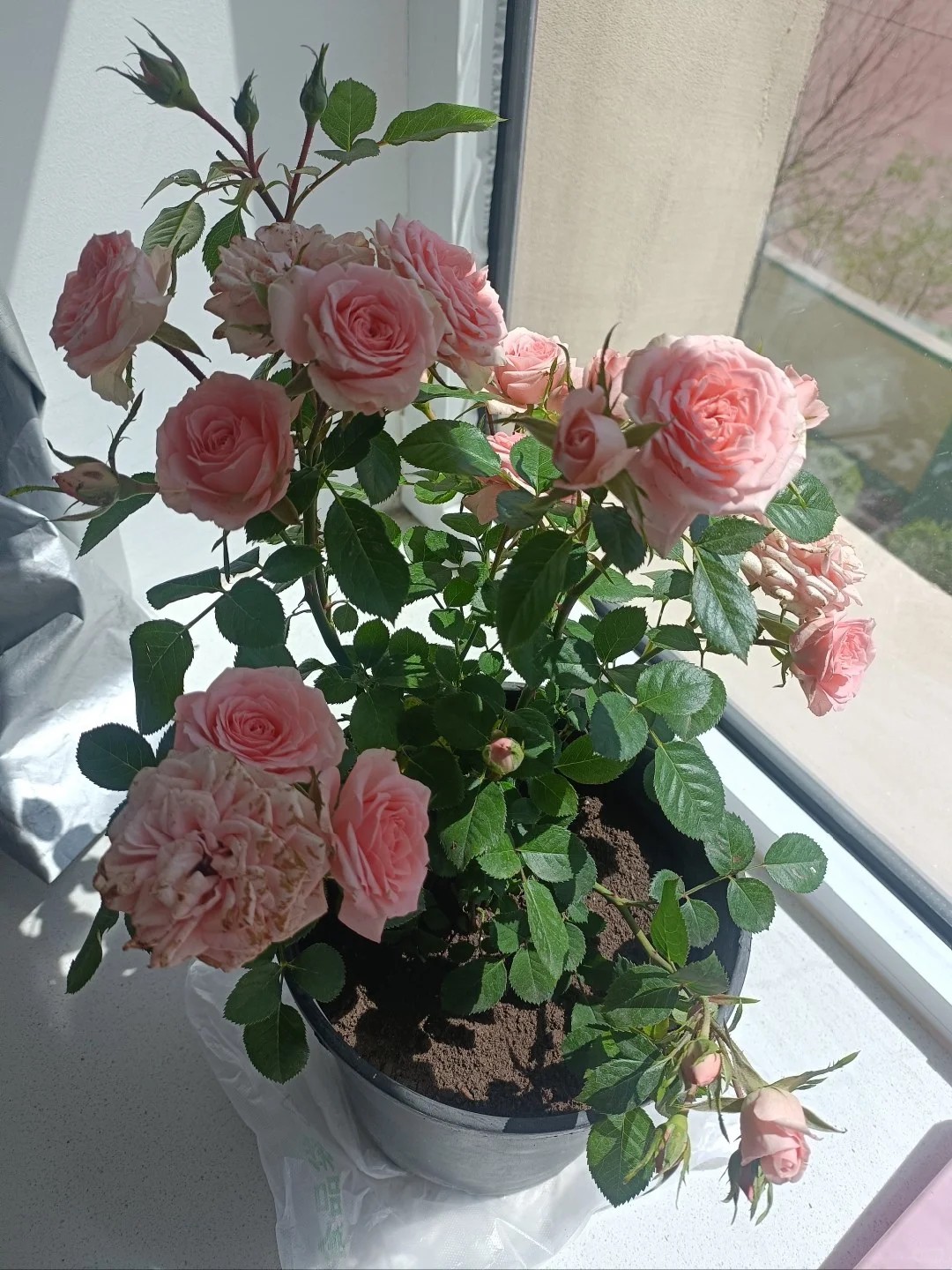1/1
why does my rose plant keep growing leaves but no flowers?
If your rose plant has lots of leaves but no flowers, the issue could be with your fertilizing routine. Here’s how to fix it: Light: Make sure your rose gets at least 6 hours of sunlight daily. Without enough light, it focuses on leaves rather than flowers. Temperature: Roses prefer 59-77°F. Anything above 86°F can stress the plant and prevent blooming, so make sure they’re in a cool, well-ventilated spot. Watering: Roses don’t like wet feet, so let the soil dry out slightly between waterings. Water deeply when the soil is dry to the touch. Fertilizing: Growing season (spring/summer): Use a balanced fertilizer (like 10-10-10) every 10-15 days. This promotes healthy foliage and root development. Bud formation (late summer/early fall): Switch to a high-phosphorus fertilizer (such as 10-20-10 or 0-10-10) to encourage blooming. Phosphorus helps with flower production. Winter: Cut back on fertilizing when your rose goes into dormancy. During this time, it doesn’t need much food. Soil: Roses thrive in well-draining soil. Consider mixing peat moss, leaf mold, and organic matter to keep the soil light and airy. Prune away dead blooms to encourage more flowers, and with this fertilizing schedule, you’ll have a garden full of gorgeous roses in no time! 🌸 #RoseCare #GardeningTips #FlowerLovers
2025-04-25
write a comment...
